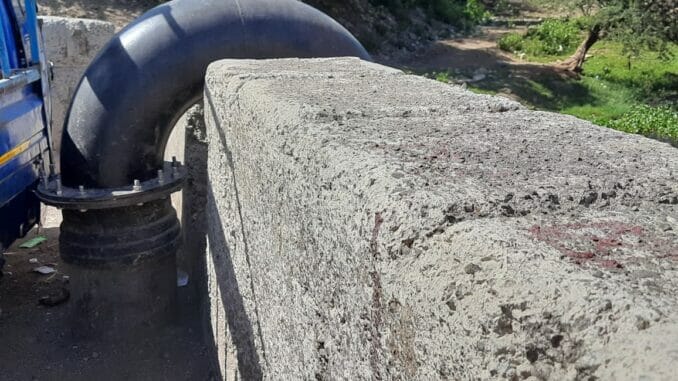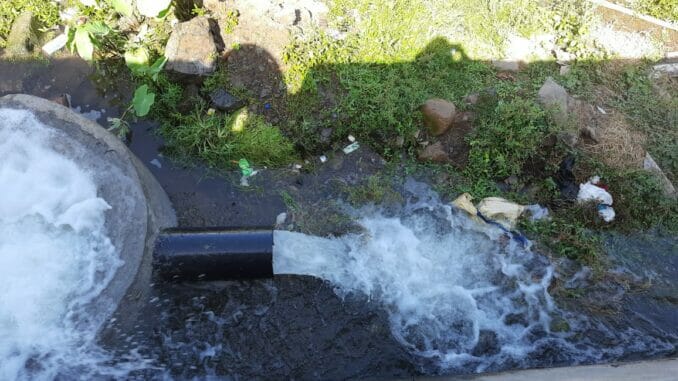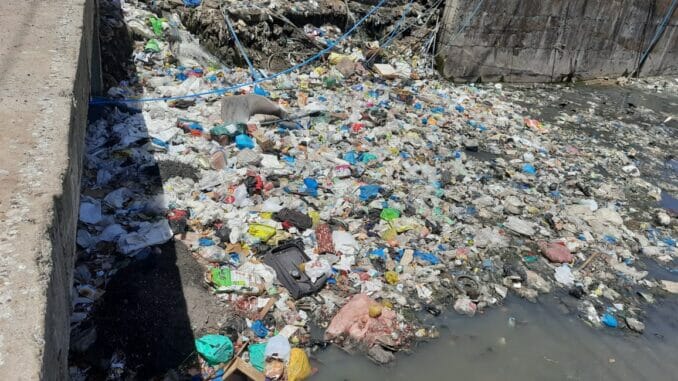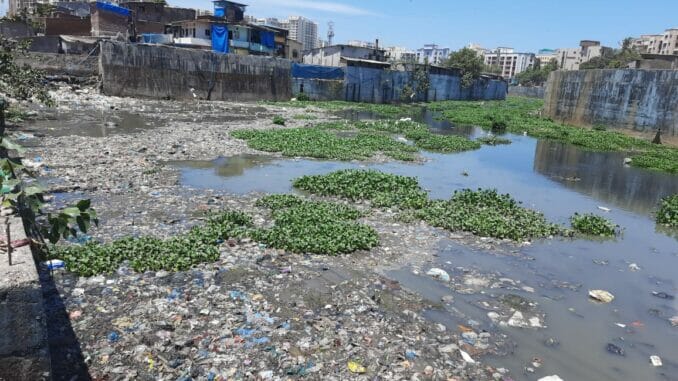From Meetha River to a polluted nullah, Mithi River’s identity changed a long time ago. A tourist or a newcomer in the city may not even recognise the river due to the waste and sewage deposited over decades. Now, the Brihanmumbai Municipal Corporation (BMC) has initiated a new project – rejuvenation of the Mithi River, by way of filtration of 80 lakh litres of water.
What is the new project all about?
Under the ‘Mithi River Development and Pollution Control Project’, the ‘Mithi River Water Quality Improvement’ initiative has started since January 2023. As part of that, a sewerage treatment plant has been set up near Powai Garden to operate this project. This initiative includes rainwater harvesting, sewerage treatment, and other waste removal from water. This project aims to treat the water and bring it back to its pure form, taking care of the health of the fishes and other microbodies present in the water.

How is it implemented?
The BMC has 59 roboholes, which were earlier called manholes. ‘Roboholes’ located in a channel connected to the Mithi River, pumps water to the project site (hydraulics and gravity). The pumped water, which is brought to the site, is then treated in three different stages.
The first stage involves the primary treatment of the water, through which the segregation of the waste is done. For example, sewage and solid waste such as plastic is segregated. Then comes the second step, which separates the metal and other fine particles from the water.
Then, finer impurities and smell from the water is removed. The entire purification process is completed by passing the water through the UV rays and killing the germs. Lastly, the filtered water is pumped back to the Mithi River.

Current status
Currently, the water is pumped back near Filter Pada area in Powai, close to the origin of the river at Vihar Lake, Powai. BMC officials also mentioned that different varieties of fishes can be spotted again in Powai lake because of this new initiative.

Garbage fills up the ‘fresh’ river
The drainage pipeline that pumps the sewage and waste to the site location is laid under the concrete ground at the Filter Pada area. The water is getting treated at the origin of the Mithi tributary at the Vihar lake so that the river flow becomes clean at source itself. However, while taking a tour of the 17.8 km long river one can spot a heavy amount of water pollution and debris in the river. What’s more, garbage is also found, where the treated water is pumped right after filtration.
Also Read: Walking along the 17-km long Mithi river: A look at the riverine ecosystem
Debi Goenka, an environmentalist from the Conservation Action Trust says, “If the sewage water is segregated and given tertiary treatment, it will certainly help improve the water quality of the Mithi River. The problem, however, is that there is no one to ensure that the tertiary treatment would continue round the year since both BMC and MMRDA are great at spending our money on big-ticket projects but are unable to maintain and operate the assets”.
Activists also raised questions over lack of public access. “By denying access to verify their tall claims BMC is eroding its credibility. There is a big difference between saying the right things and doing the right things. Sadly BMC is only saying the right things. Every claim of theirs must have the stamp of approval from credible independent experts”, says Stalin Dayanand, the environmentalist and director of Vanashakti.

Will there be ‘Meetha Pani’ again?
Tribals who live in Bamandaya Pada say they used to drink water from the Mithi River. Bhudhibai Ghanekar, a 62-year-old woman, who has lived all her life in Bamandaya Pada recalls her memories of her family earning a livelihood out of the Mithi river. “Mera pitaji Mithi se machali pakadkar bechta tha, Mithi se hi hamara ghar chalta tha. Ab ghar ghar kaam karke guzara horaha hai. Kahan se zindagi aacha hua? Abhi nadi ka paani pura ganda hogaya hai,” says Bhudhibai. (My father used to sell the fish that he caught from Mithi River. That income was enough for our household. Now I have to work in houses as domestic help. How has our life improved? The river water is completely dirty now.)
This filtration initiative does not make the water potable, informed an official working on this project. However, the water can be used for gardening, flushing, and car washing purpose.
BMC officials spoke about the garbage disposal as a challenge. “Even after spreading awareness to not throw plastic here and there, people still do it. We are trying our best to spread awareness”, says Chandravati Shivaji More, municipal corporator from S ward.
As monsoon sets in and concerns of flooding rise, Mithi River – its pollution, garbage and long history – will remain in the news in the weeks to come.